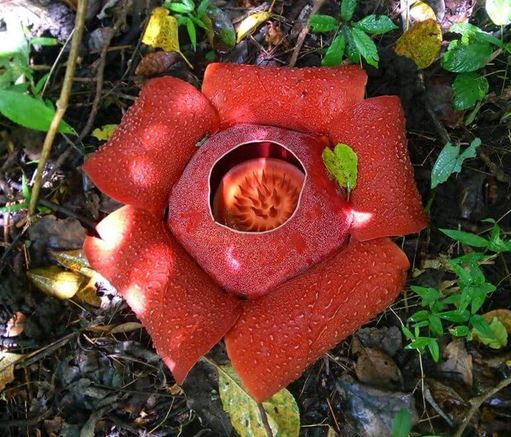The Philippines is one of the most biologically diverse countries in the world, boasting endemic plant and animal species found nowhere else. And here in Western Visayas, we can take pride of the unique flora and fauna found in our region.
The Department of Environment and Natural Resources (DENR) issued the Department Administrative Order (DAO) 2019-09 which laid down the updated list of threatened species in the country. They can be considered as Critically Endangered (CR), Endangered (EN), Vulnerable (VU), and Other Threatened Species (OTS).
The Visayan spotted deer (Cervus alfredi) found in the rainforests of Panay and Negros islands. It is one of the three endemic deer species found in the country. Its diet consists mostly of leaves, buds, and grasses. But partly due to habitat loss and illegal hunting, their numbers have dwindled and are now classified as Critically Endangered. The Visayan warty pig (Sus cebifrons) on the other hand is a more elusive creature, also found deep in the jungles of Negros and Panay. They are characterized by a mane that partially covers their face and extends back to their loins. They are also classified as Critically Endangered. The remaining forests of Panay also host another Critically Endangered native reptile, the Panay forest monitor lizard (Varanus mabitang) which is arboreal and depends mostly on primary forests as their habitat.

Moving on to our avian pals, the Visayan Hornbill (Penelopides panini) also known as the Visayan Tarictic Hornbill, is a majestic bird that inhabits forest patches of Panay and Negros. Named after the sound that they make as perceived by the locals, they mostly eat fruits and rarely other smaller insects, ants, beetles, and worms. They mostly live in groups and are frequently found in the canopy of trees. Another vibrant bird is the Negros bleeding heart pigeon (Gallicolumba keayi) with its distinctive red patch or so called its “bleeding heart”. It mainly resides in the forests of Negros and also in Panay. Both are classified as Critically Endangered.

A lot of native plant and tree species also exist in Western Visayas but one stands out, the Rafflesia speciosa, one of the types of the Rafflesia species, the largest flower in the world. It was first discovered by a group of Antiqueño mountaineers at Sibalom Natural Park, Sibalom, Antique in the year 2000. A rare flower, it has a reddish-orange hue and could reach up to 22 inches in diameter when in bloom during its season on the months of February to March.

It is unfortunate that these unique creatures are threatened due to destructive man-made activities that harm their natural habitats and food sources. The DENR Region 6 as well as private conservation groups are continuously doing efforts to save these species among others from the threat of extinction. Everyone is called upon to do their fair share in preserving our ecosystems so that native and endemic animals and plants can thrive./DENR6
Back to top: Into the wild: The unique flora and fauna of Western Visayas
Back to Iloilo Updates